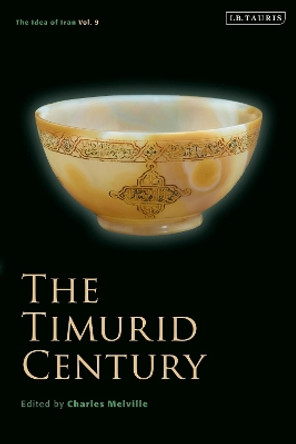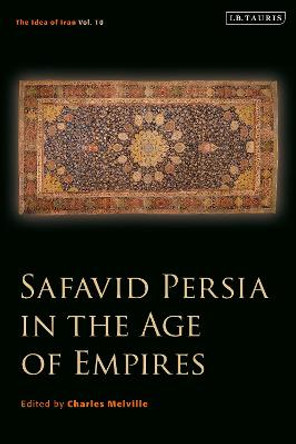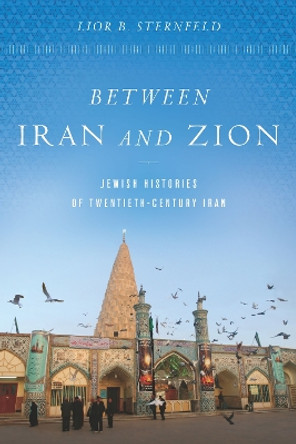This volume explores the troubled eighteenth century in Iran, between the collapse of the Safavids and the establishment of the new Qajar dynasty in the early decades of the nineteenth century.
Despite the striking military successes of Nader Shah, to defeat the Afghan invaders, drive back the Ottomans in the west, and launch campaigns into India and Central Asia, Iran steadily lost territory in the Caucasus and the east, where Persian arms failed to recover lands lost to the Afghans and the Ozbeks. The chapters of this book cover the continuity and change over this transitional period from a range of perspectives including political history, historiography, art and material culture. They illuminate the changes in Iran's internal conditions, including the legitimising legacy of the Safavid period in court chronicles, the rise of Nader Shah and his influence on the idea of Iran, as well as the art of successive dynasties competing for power and prestige. The volume also addresses Iran's changed international situation by examining relations with Russia, Britain and India, the result of which would contribute to its re-emergence with a curtailed presence in the new world order of European dominance.
An interdisciplinary examination of Iran in the volatile 18th centuryAbout the AuthorCharles Melville is Professor Emeritus of Persian History at the University of Cambridge, UK, President of the British Institute of Persian Studies and Director of the Shahnama Project, at Pembroke College, Cambridge. He is the author and editor of numerous books and articles on the history of Iran, including
Every Inch a King,
The Mongols' Middle East and
Persian Historiography (I.B.Tauris).
Book InformationISBN 9780755645961
Author Charles MelvilleFormat Paperback
Page Count 256
Imprint I.B. TaurisPublisher Bloomsbury Publishing PLC








